Write a review
Your post will be displayed after review

![[2024] 6 Best Places to Enjoy Hydrangeas in Kamakura! Featuring Meigetsu-in, Hasedera, and More](https://www.tabirai-japan.com/wordpress/wp-content/uploads/2025/02/JIM_4268cc-1-2.webp)
REVIEW0
Continue reading the table of contents
Kamakura is home to many famous hydrangea spots.
Typically, hydrangeas begin to bloom in late May, their colors gradually deepening, and the best viewing period is from mid to late June.
In this article, we have selected six must-see hydrangea spots in Kamakura.
We will introduce you to breathtaking hydrangeas in harmony with nature and temples, as well as must-see spots where over 2,000 hydrangeas bloom in full glory.
*Information current at the time of publication. Please check the official website for the latest information.
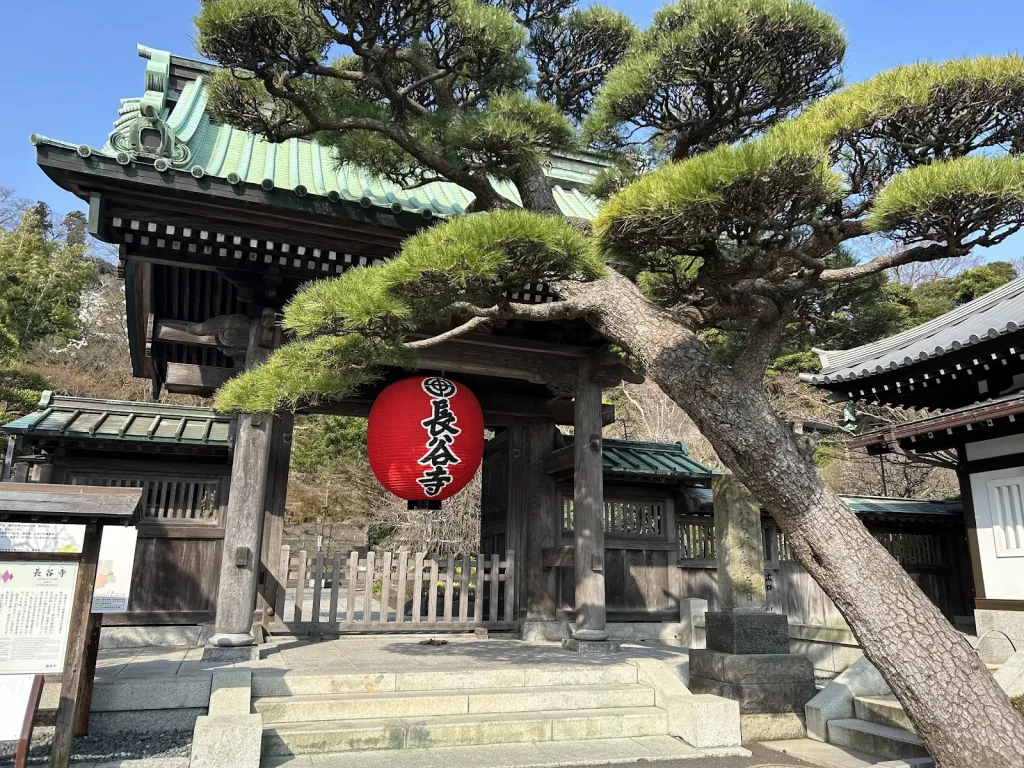
A famous temple with a long history, founded during the Nara period.
The principal deity is the Eleven-Faced Kannon Bodhisattva. Standing at 9.18 meters tall, it is one of the largest wooden Buddhist statues in Japan and is affectionately known as Hase Kannon.
Hasedera Temple houses various Buddhist statues, and the Touch Daikokuten in front of Daikokudo Hall is especially popular. It is said that if you touch the statue while making a wish, your wish will come true, attracting many visitors.
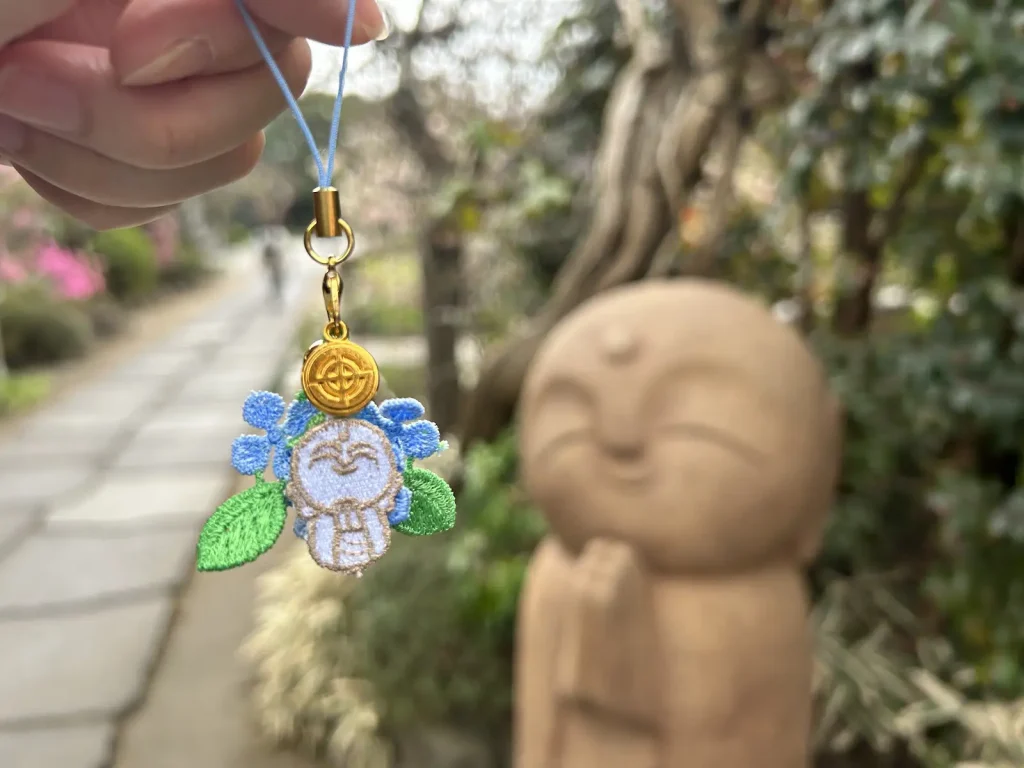
The hydrangeas at Hasedera Temple rival those at Meigetsu-in in Kita-Kamakura in popularity.
It tends to get crowded during peak season, so it’s best to plan your visit for early in the morning.
Along the scenic walking path (Kannon-yama Hydrangea Path), over 2,500 colorful hydrangea bushes are planted.
Hasedera Temple offers sweeping views of both the sea and the town, making it a great choice for first-time visitors to Kamakura.
[Address] 3-11-2 Hase, Kamakura City, Kanagawa Prefecture
"Reception hours"
Regular Hours: 8:00–16:30 (Temple closes at 17:00)
April–June: 8:00–17:00 (Temple closes at 17:30)
[Admission] Adults: 400 yen, Elementary School Students: 200 yen
*A separate fee is required for hydrangea viewing. Please check the official website for details.
[Parking] Available (350 yen/30 minutes)
Official website https://www.hasedera.jp/
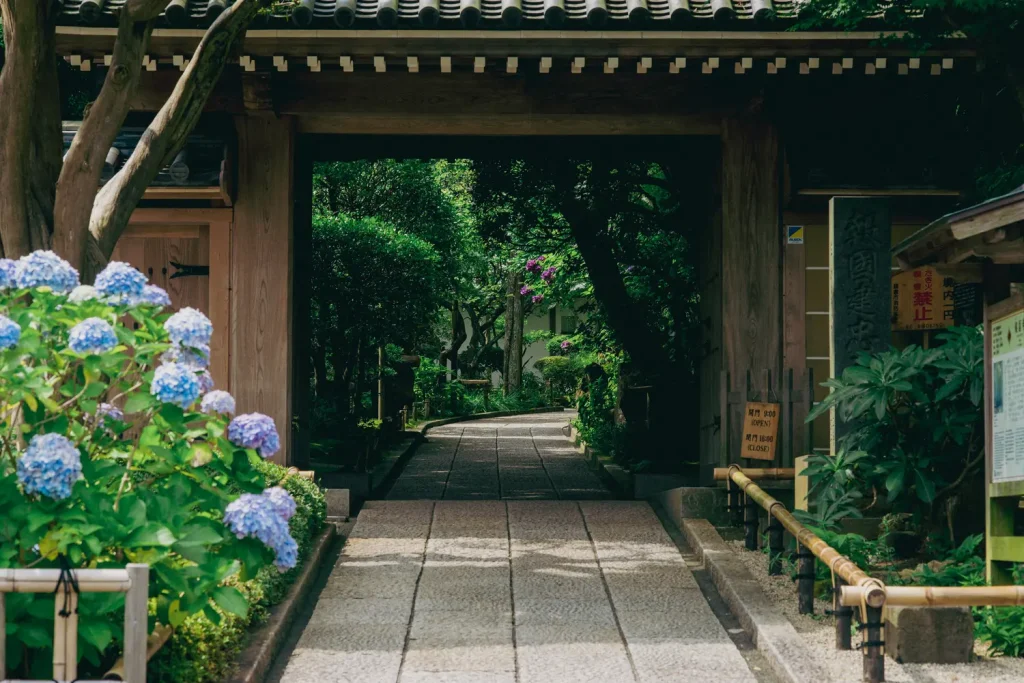
Hokokuji Temple was founded about 700 years ago by Ashikaga Ietoki, the grandfather of Ashikaga Takauji, and established by Uesugi Shigekane as the family temple of the Ashikaga and Uesugi clans.
Known as the 'Bamboo Temple,' Hokokuji boasts an artistic bamboo grove of about 2,000 stalks, and its moss, dry landscape garden, and meticulously maintained grounds are also highly regarded for their beauty.
Be sure to visit the graves of the Ashikaga family as well.
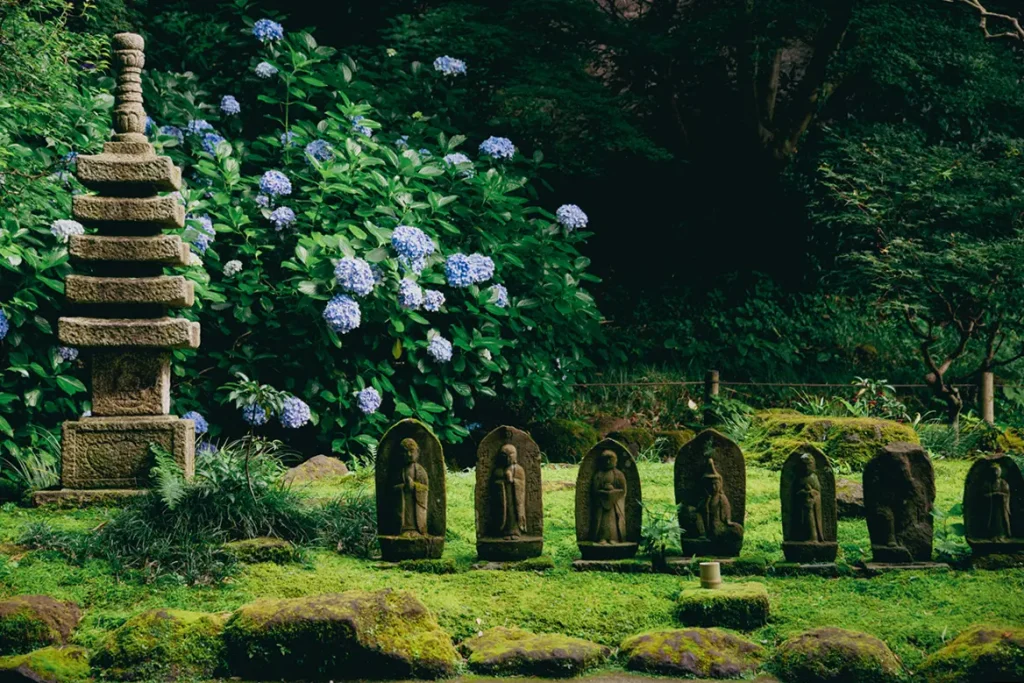
Rainy days can sometimes dampen your spirits when sightseeing, but the atmosphere of Hokokuji in the rain or just after is especially charming.
Whether it’s sunny or rainy, you can enjoy both the hydrangeas and the scenery at this temple. Hydrangeas in a variety of shades look beautiful against the green of the bamboo and moss.
If you visit during the peak season, the hydrangeas in full bloom before the temple gate create a picturesque scene, making this a highly recommended spot.
[Address] 2-7-4 Jomyoji, Kamakura City, Kanagawa Prefecture
Train: From JR or Enoden Kamakura Station, take the bus bound for 'Kamakura Reien Shomenmae/Tachiarai, Kanazawa-Hakkei' or 'Highland' for about 12 minutes, get off at Jomyoji, and walk about 3 minutes.
[Visiting Hours] 9:00–16:00
*Closed for visits from December 29 to January 3 for the New Year holidays.
[Admission] 400 yen for high school students and older, 200 yen for elementary and junior high school students
Parking available
Official website https://houkokuji.or.jp/
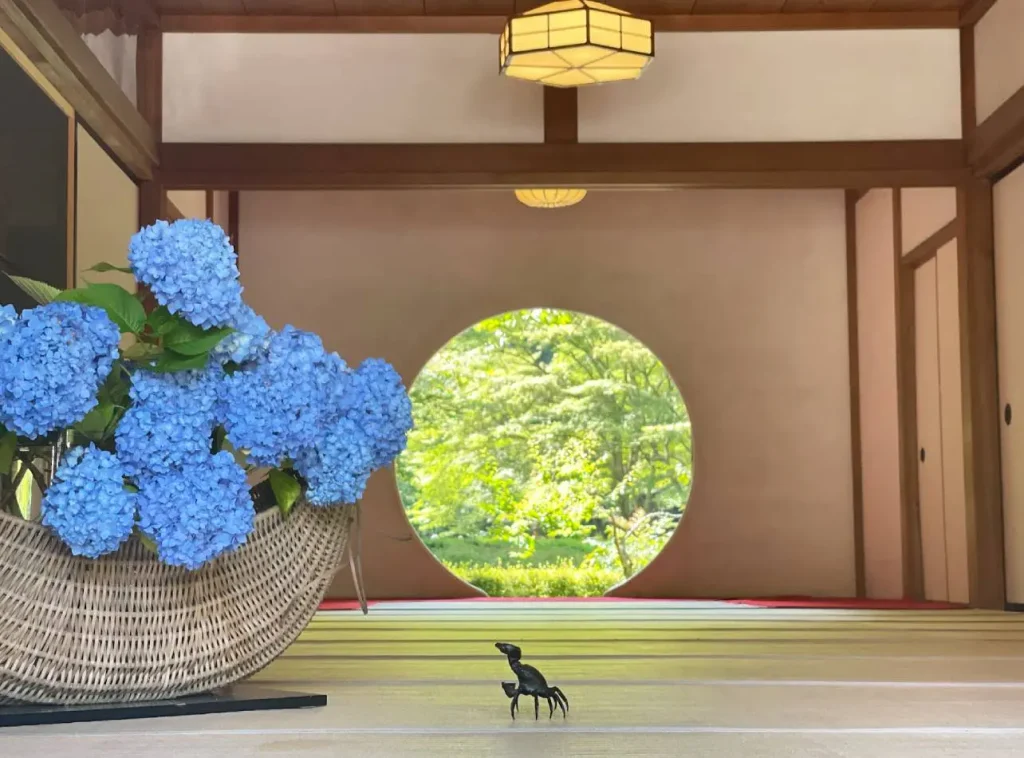
Meigetsu-in, located close to Kita-Kamakura Station, was founded in the early Kamakura period.
Originally, it was a sub-temple of Zenko-ji, established by Hojo Tokiyori, the fifth regent of the Kamakura shogunate. However, Zenko-ji was abolished during the Meiji period, leaving only Meigetsu-in.
There is the Meigetsu-in yagura, also known as Rakan-do, with bas-reliefs of Shakyamuni Buddha, Tahō Nyorai, and the Sixteen Arhats on its walls, as well as the tomb and mausoleum of Hojo Tokiyori.
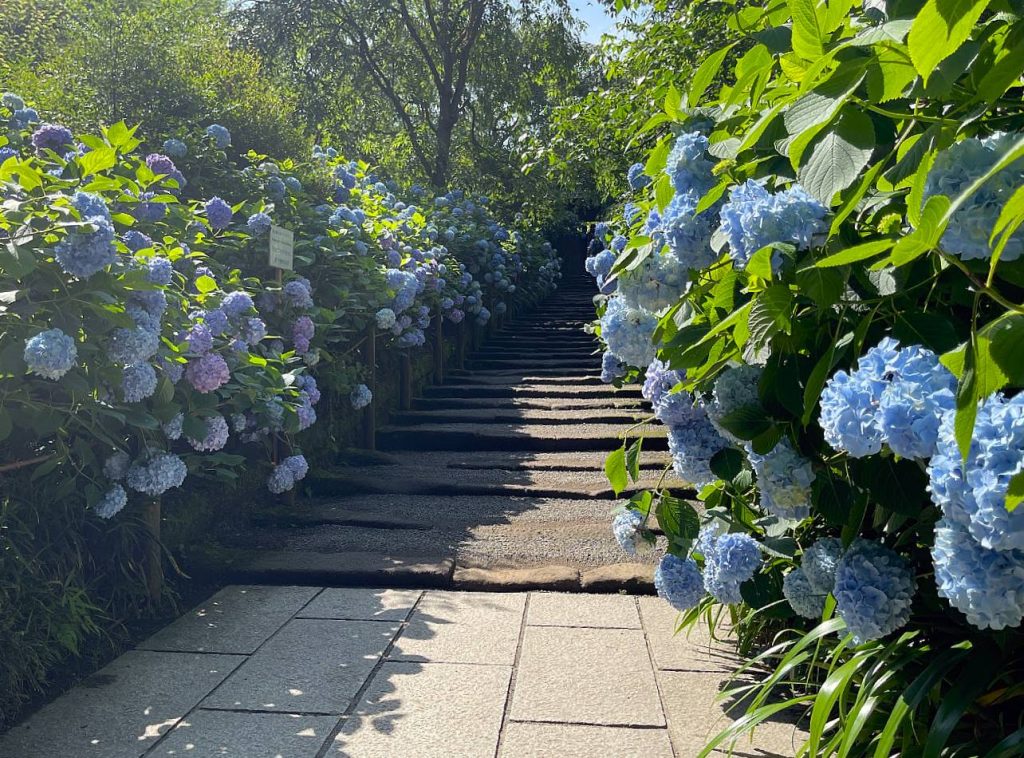
Famous as the 'Hydrangea Temple,' Meigetsu-in is home to 2,500 hydrangea bushes known as 'Meigetsu-in Blue,' attracting many visitors during the season.
On the right side of the main hall, there is a round 'Window of Enlightenment' overlooking the garden, which is also a popular photo spot.
Like Hasedera, Meigetsu-in is extremely popular and gets very crowded during the peak season.
It is recommended to visit right after opening or just before closing.
[Address] 189 Yamanouchi, Kamakura City, Kanagawa Prefecture
About a 10-minute walk from JR Kita-Kamakura Station
[Visiting Hours] 9:00–16:00
*Hours may change during the hydrangea season in June.
[Admission] 500 yen for high school students and older, 300 yen for elementary and junior high school students, free for persons with disabilities (disability certificate required)
*One attendant is free
No "parking lot"
Official website https://trip-kamakura.com/place/230.html (Kamakura City Tourism Association)
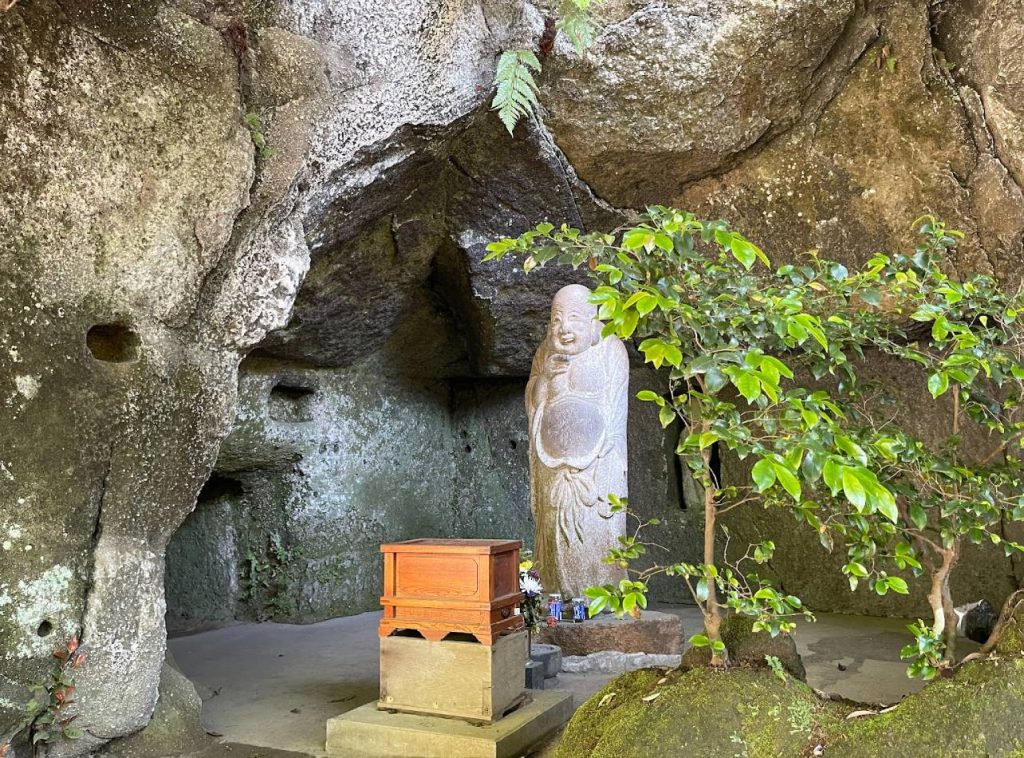
Jochiji Temple was founded to honor the memory of Hojo Munemasa, the third son of Hojo Tokiyori, the fifth regent of the Kamakura shogunate.
At the time, many monks from China (Song dynasty) came to Japan, and the existing bell tower gate and main hall reflect Song dynasty architectural style.
The principal image is a wooden seated statue of the Three Buddhas, designated as an Important Cultural Property.
In addition, a stone statue of Hotei, said to be an incarnation of Maitreya Bodhisattva, is enshrined in a cave at the back.

Around 150 hydrangea bushes of about 40 varieties are planted on the temple grounds, giving Jochiji's hydrangeas a quiet charm.
The hydrangeas beside the Kanno-no-I well at the entrance and along both sides of the moss-covered stone steps leading to the bell tower gate are particularly beautiful.
Compared to nearby Zen temples, its deep natural setting and wild atmosphere are appealing, and it connects to hiking trails linking Kamakura sights such as the Great Buddha and Zeniarai Benzaiten.
[Address] 1402 Yamanouchi, Kamakura City, Kanagawa Prefecture
About an 8-minute walk from the west exit of Kita-Kamakura Station
[Visiting Hours] 9:00–16:30
[Admission] 300 yen for adults, 100 yen for children (junior high school students and younger)
Parking available
Official website https://jochiji.com/
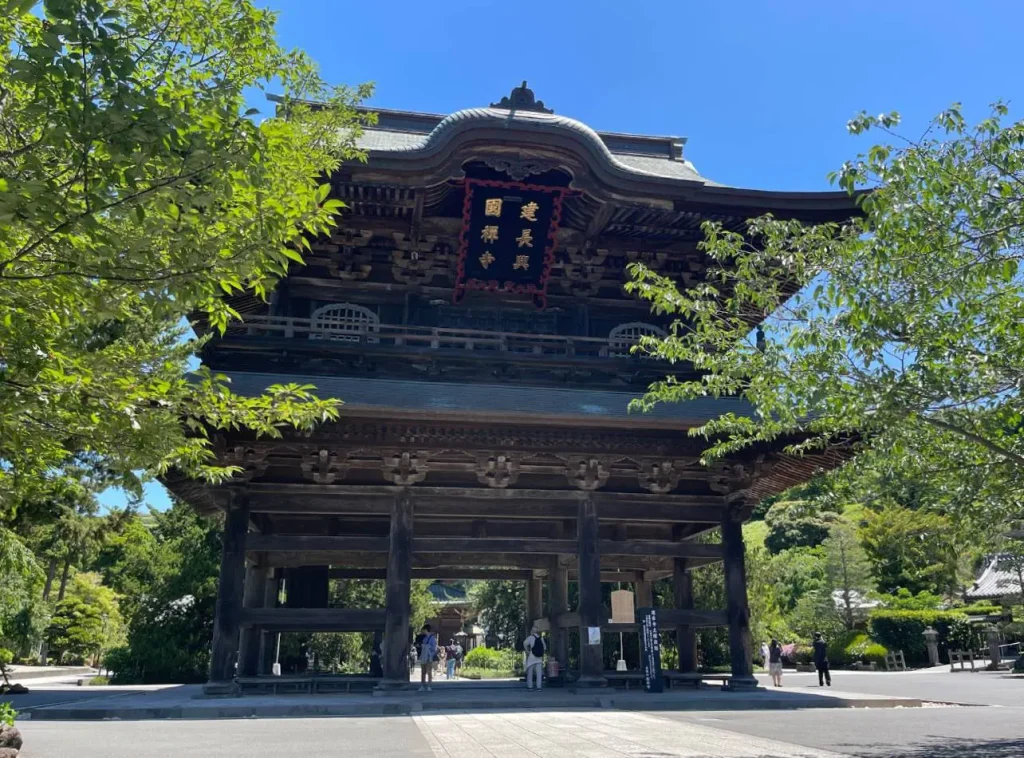
A Zen temple founded by Hojo Tokiyori, the fifth regent of the Kamakura shogunate.
The temple is also known for the theory that Kencho-jiru, made at Kencho-ji, is the origin of Kenchin-jiru soup.
It is also a place of training, and was the first in Japan to be called a Zen temple, serving as a specialized dojo for practicing only Rinzai Zen in the Chinese Song style.
Beyond the Tengu statue and Hansobo, there are observation decks and hiking trails offering views of Kamakura town and the sea.
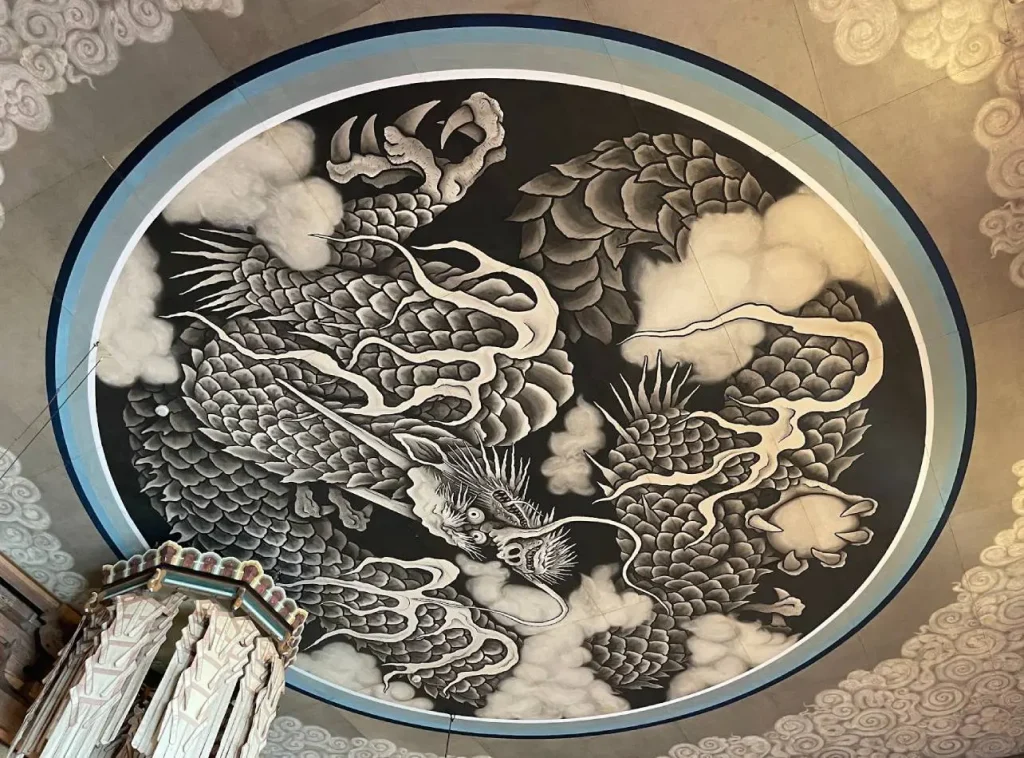
At Kencho-ji, a historic Zen temple, you can enjoy hydrangeas set against the backdrop of the temple’s Buddha Hall and Dharma Hall.
Hydrangeas bloom throughout the spacious temple grounds, which also connect to hiking trails.
Along the approach to Hansobo Daigongen, the hydrangeas blooming amidst the deep greenery create such a mystical scene that you’ll find yourself wanting to take a deep breath.
It is also a popular spot for photography, attracting many visitors.
[Address] 8 Yamanouchi, Kamakura City, Kanagawa Prefecture
Approximately 15 minutes walk from Kita-Kamakura Station
[Visiting Hours] 8:30 AM – 4:30 PM
[Admission] 500 yen for high school students and older, 200 yen for elementary and junior high school students
*All payments are cash only.
*If you present a disability certificate or rehabilitation certificate, admission is free for you and one accompanying person.
[Parking] Available (from 600 yen)
Official website https://www.kenchoji.com/
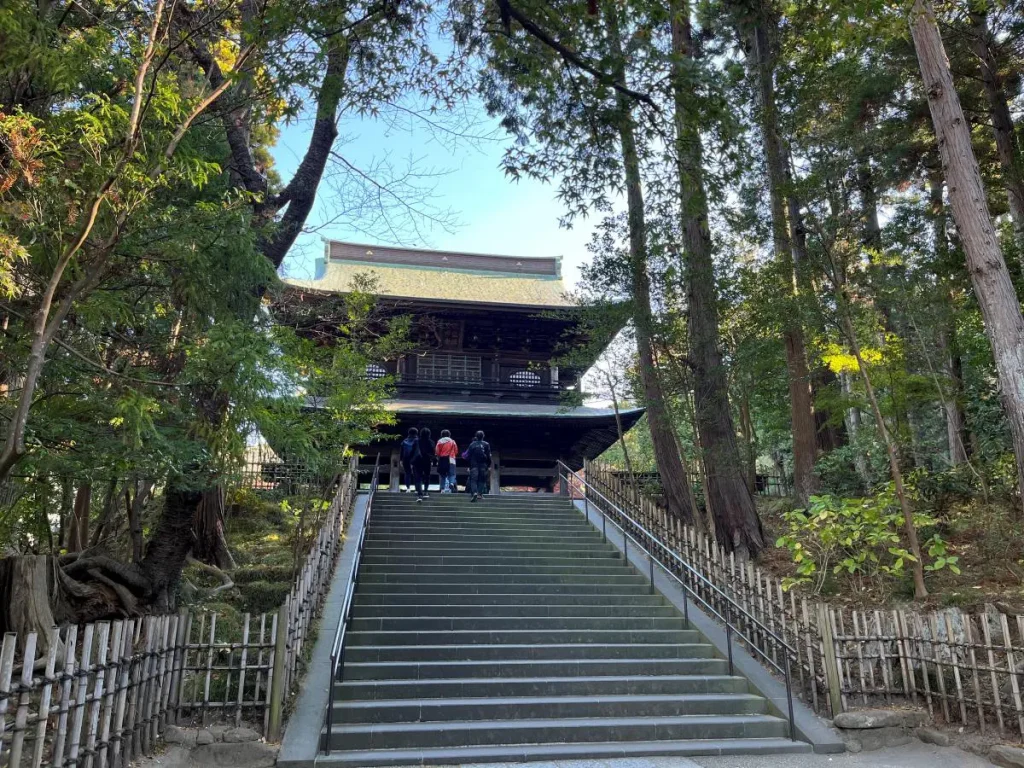
Engaku-ji was founded in the late Kamakura period by Zen master Mugaku Sogen, who was invited from Song China by Hojo Tokimune.
The grand main gate is the famous gate featured in Natsume Soseki’s novel 'The Gate.'
The main gate is called the 'Sanmon' because it symbolizes the three liberations—emptiness, formlessness, and desirelessness—and passing through it is said to free you from worldly desires.
If you climb up to Bentendo, you’ll be rewarded with a spectacular view of Mt. Fuji nestled among the mountains.
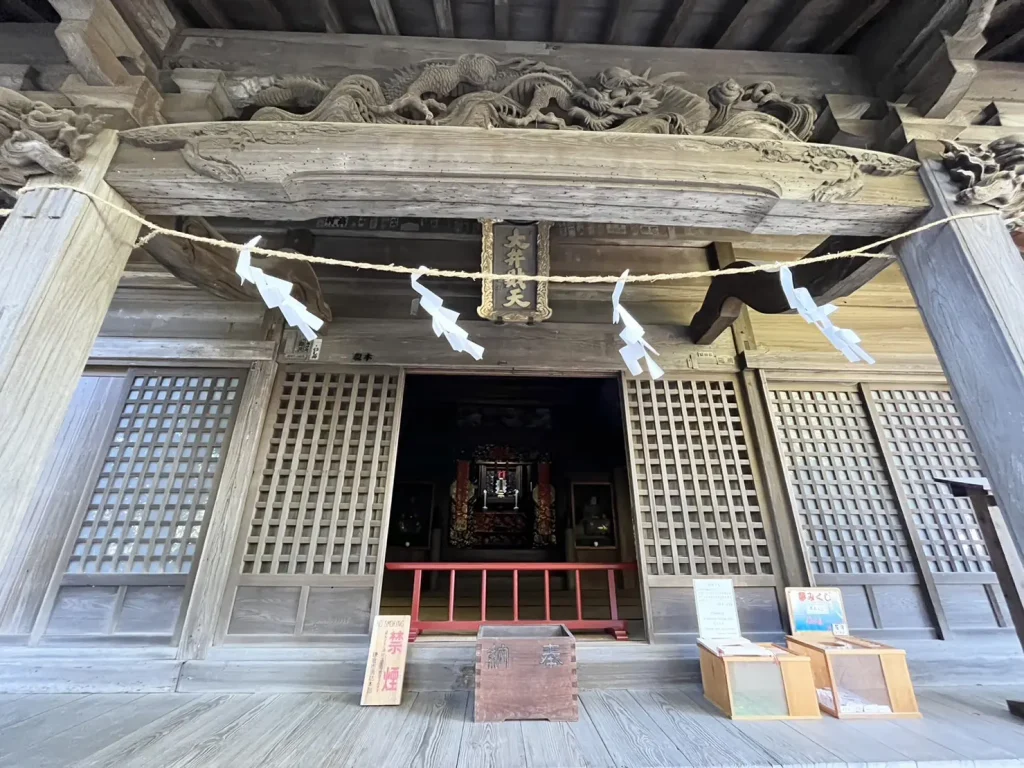
Engaku-ji’s grounds stretch across the JR Yokosuka Line railway tracks.
Within the vast temple grounds, hydrangeas bloom at Shirasagi Pond before the railroad crossing, the popular photo spot at the main gate, the approach to the Hojo, Butsunichian, and the distant Obai-in.
Thanks to the spacious grounds, it rarely gets crowded—even at peak season—making it a perfect hidden spot to enjoy a leisurely hydrangea walk.
[Address] 409 Yamanouchi, Kamakura City
"Visiting hours"
March–November: 8:30 AM – 4:30 PM
December–February: 8:30 AM – 4:00 PM
[Admission] 500 yen for adults (high school students and older), 200 yen for children (elementary and junior high school students)
[Parking] None (paid parking available nearby)
Official website https://www.engakuji.or.jp/
Kamakura is home to many famous hydrangea spots.
A variety of hydrangeas bloom in abundance at many temples.
Each temple has its own unique charm, and it’s enjoyable to learn about their history as you visit them.
Typically, hydrangeas begin to bloom in early June, but the best time to see them is from mid-June, when you can fully enjoy their beauty.
Why not explore Kamakura’s many highlights while enjoying this year’s hydrangeas?
Your post will be displayed after review
 Car rental reservation Make a reservation here
Car rental reservation Make a reservation here Activity booking Make a reservation here
Activity booking Make a reservation here